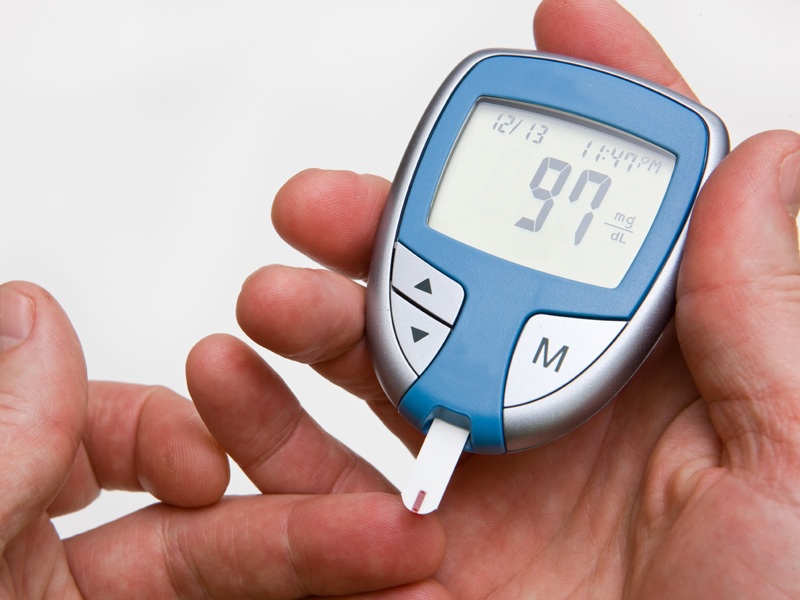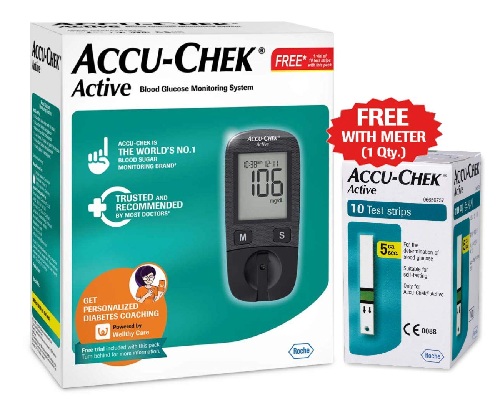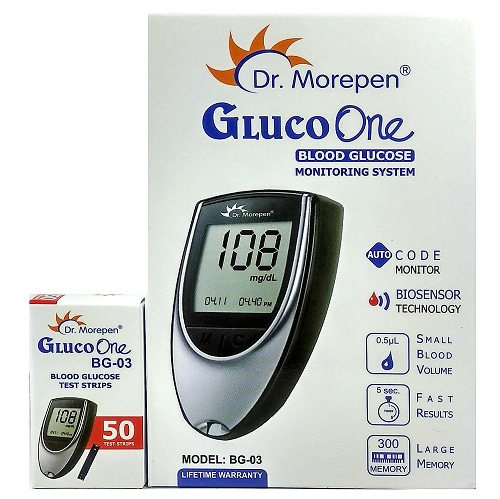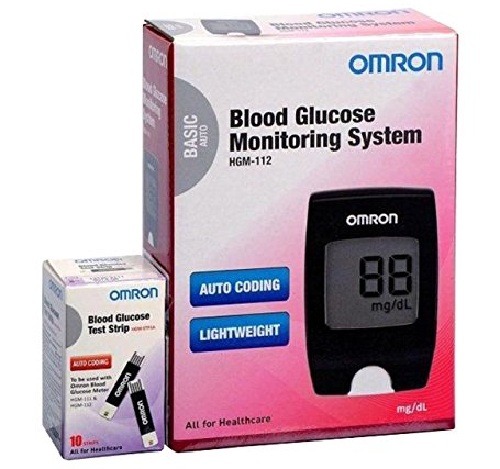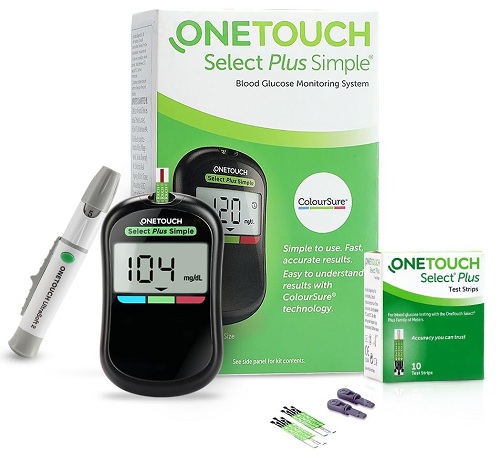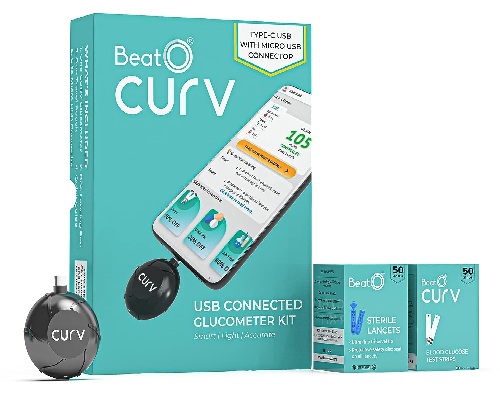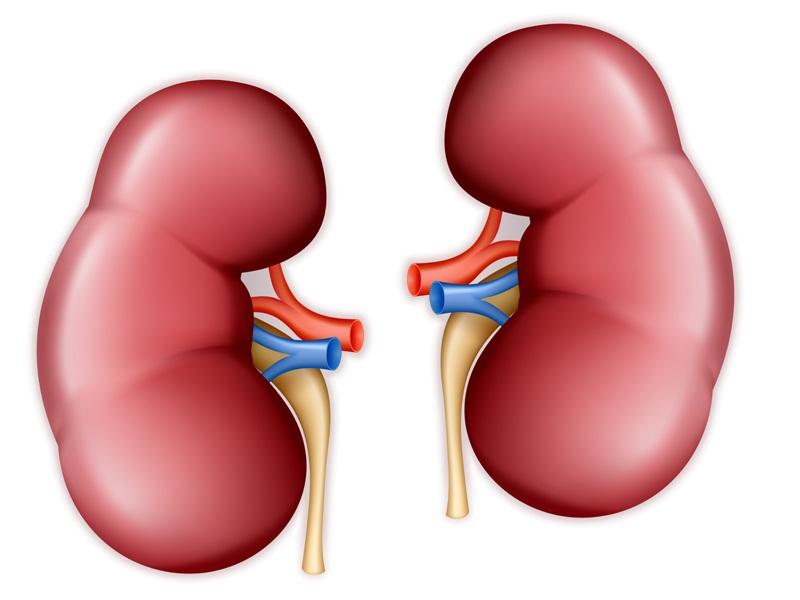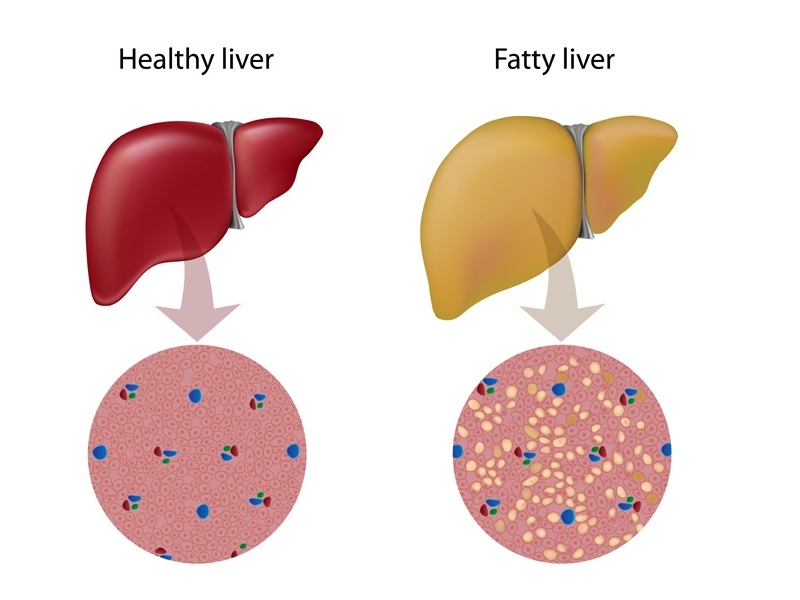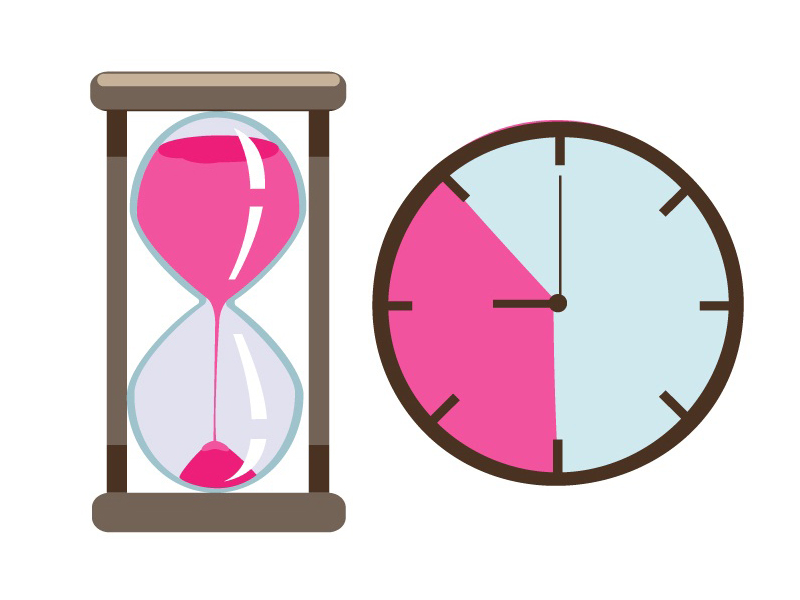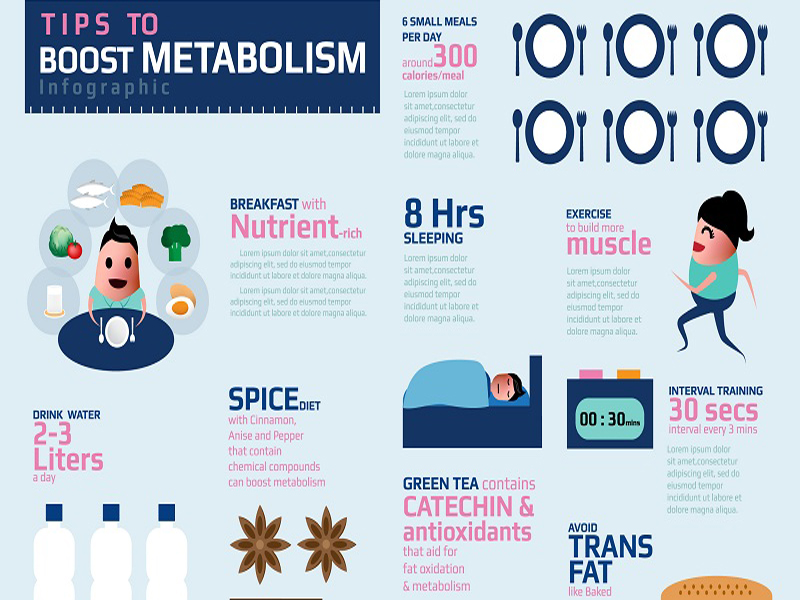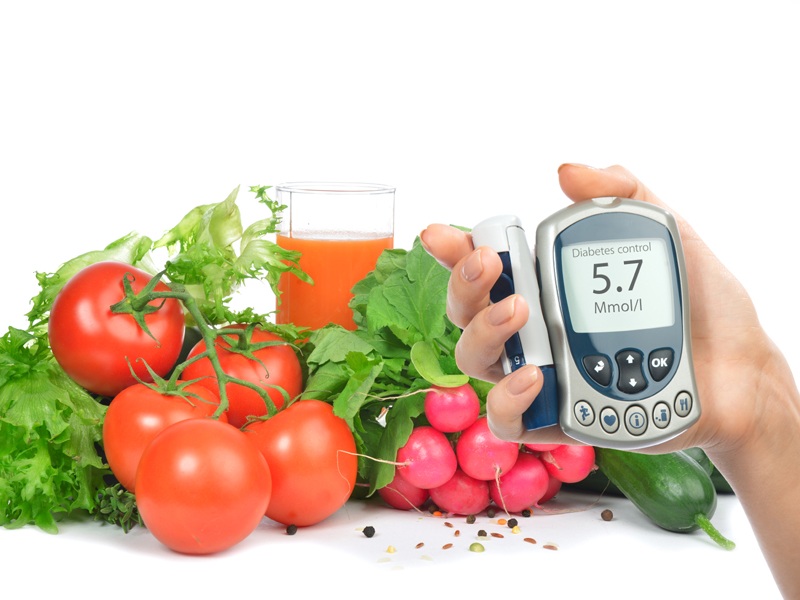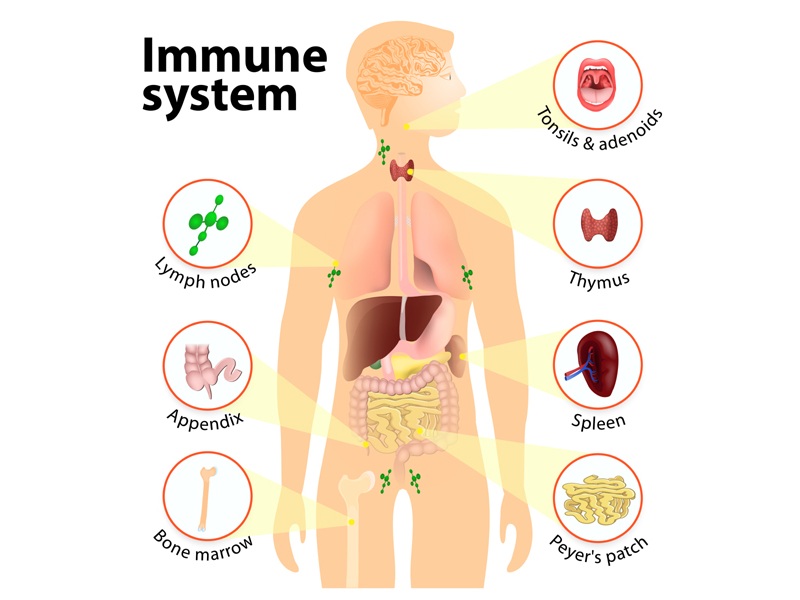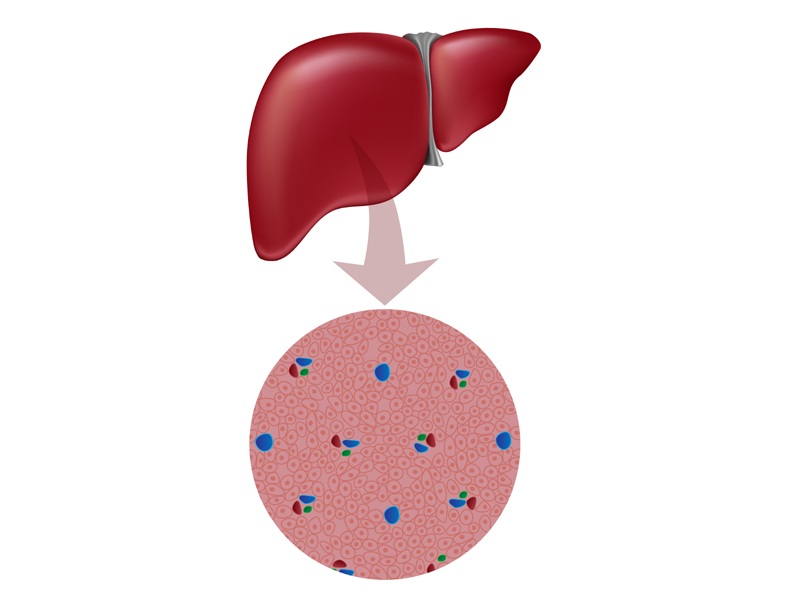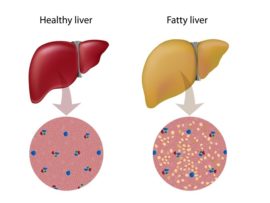Our body contains salt and sugar levels in itself which constitute some of the basic requirements needed by our body to function well. Much like the salts are derived from the mineral nutrients, certain food and food particles elude broken down sugar which in the correct form is a mandatory requirement of the body.
Sugar in its raw form is mixed well with the blood, thus coining the term blood sugar. These glucose particles however, if higher in amount might take a different turn which may not be all that healthy for your body. At times like this, who better to know about your sugar levels than you, yourself. Of course, it is always better to work under professional assistance and recommendation.
What is Blood Sugar?
If we disintegrate the food that we consume, the broken down particles give testament of glucose, the necessary kind that our body requires to continue fatal workings. Now these glucose in order to distribute itself throughout the entire course of the body, mixes in with the blood and thus the term blood sugar is coined.
70 to 100 mg/dL is the normal blood glucose level, one that is tested while fasting can be anywhere between 3.9 and 5.5 mmol/L. However, after meals, under 9 mmol/L is ideal for people with type 1 diabetes. For those with type 2 diabetes, it should be 8.0 mmol/L after meals. For blood sugar test, a random plasma glucose test can be taken and therefore does not require much planning. Watch out for the ideal range and be under control.
In case you are wondering when to take blood sugar test, here is your answer. The American Diabetes Association suggests a target of below 180 mg/dl two hours after a meal. However, the American Association of Clinical Endocrinologists, suggests a target of below 140 ml/dL, two hours after a meal.
It is therefore important to consult your doctor which target is right for you. Blood glucose monitoring post your meal is significant because it shows how your body responds to carbohydrates in general and to some particular foods. If you learn to manage post meal blood glucose, you are at a lesser risk of developing heart diseases and other circulatory problems.
Blood Sugar Level Test:
You can buy a blood sugar level test machine at home to monitor the sugar levels. It is technically known as a glucometer.
See More: Home Remedies For Fungal Infection
1. Accu-Check:
It is light weight and employs less painful ways of blood extraction. It has a one-year warranty period and is priced between 700-1000 INR.
2. Dr. Morepen Gluco one BG 03 Glucometer:
The other best way to test blood sugar is through this machine that is also a biosensor-based glucose meter. The box consists of an LCD monitor and 10 coded strips, one lancing device and an owner’s manual. It is priced at 600-800 INR and keeps a record of the levels. )
3. Omron HGM 112 Glucose Meter:
Omron HGM 112 Glucose meter is probably the lightest testing machine and the device detects the used strips. It has an auto-coding system and hence the setup process is fairly easy. It is priced at 650-1000 INR and is easily available.
4. OneTouch Select Plus Simple Glucometer:
It weighs around 36 grams and has a monitor with 50 free test strips. The device comes with an alarm that will bring to your notice, any drop or rise in the sugar level. It is priced between 700-1000 INR.
5. BeatO Curv Smartphone Connected Glucometer:
This also requires no coding for the set up. The results are obtained within seconds and comes with pre-coded test strips. It is a mobile blood sugar testing machine that can be easily connected to your smartphone via the charging port. It is priced at 600-800 INR.
How Bad Can it Get?
We do testify that a little glucose in the system never harmed anybody. However, if we leave it to nature and the blood sugar levels increase more than necessary, the insulin, a hormone secreted by our body organ will start working on the grub trying to reduce it down to the proper levels. The same happens with underproduction of glucose where insulin is produced to keep the levels in check. But to come to the point, when things do go awry it will be the fatal diabetes that will be your friend for the rest of your life.
See More: Harmful Effects Of Junk Food
How to Keep Things in Check?
Coming back to the topic, the article today is about how to test your blood sugar levels and here is how the whole thing goes down.
Technology these days have benefitted us a lot, given us mechanisms and ideas to work with so that we don’t have to run to the doctor every time we have a pressure fall or a common cold and flu. These days you get blood sugar checkers, much like ACU CHECK which allows you to check your blood sugar at home and determine the results itself.
Pre Check:
Before you start the process make sure you wash your hands, possibly remove any chance of dirt and while you’re at it why not use a little luke warm water to enhance the blood flow which will help you easily draw blood without any hassle.
Read The Instructions:
When you buy an equipment, there is always a manual or instruction booklet that will guide you through the process. Usually you can recognize yourself with the different parts and one such part is the strip that needs to be prepared right now.
Diabetes Blood Test: How to Do it?
Now start by turning on the meter on the equipment that would help you determine whether the sugar levels are up to the mark or not.
- Usually the ideal recommended spot is the tip of the fingers but make sure you change in between fingers and not rely on one finger all the time.
- Now use the lancing device which will come with a small syringe like element that will let you draw a drop of blood which now needs to be delivered to the test strip while it’s still fresh.
- All you have to do is touch the test strip and the blood will be transferred there.
Once done wait for a little while depending on your equipment’s ability to produce the result at a given speed. Now that you have waited, the result will be displayed on your meter display.
See More: Effects Of Cold Weather
Blood sugar levels always have to be in control. The food we eat daily have their own share of sugar in them. The blood glucose have to be kept in the narrow range. Insulin and glucagon enable keeping them on the right levels. Watch out for the symptoms and take action immediately. Prevention is better than cure!


